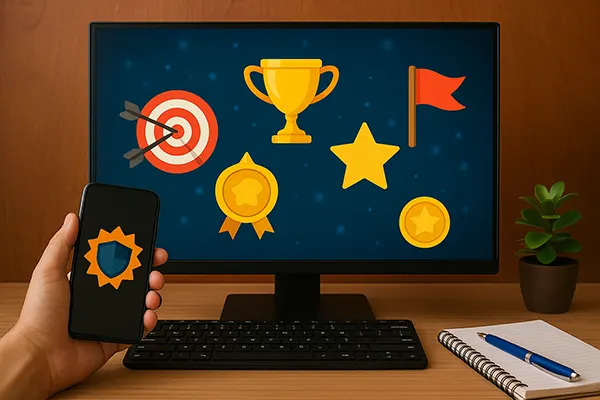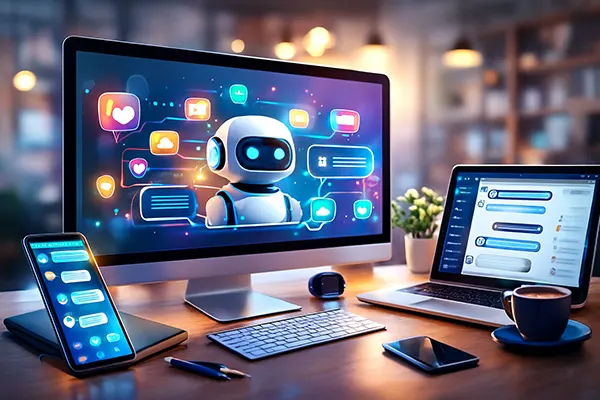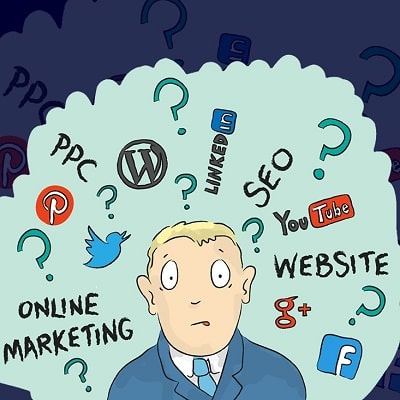
Gamification in Internet Marketing: Engaging Audiences Through Game Mechanics
In the competitive landscape of internet marketing, engaging and retaining users is a top priority for brands. One innovative strategy that has proven successful is gamification. By incorporating game-like elements into marketing strategies, businesses can captivate their audiences and enhance user interaction. This approach not only fosters customer loyalty but also increases brand awareness through active participation.
Reward Systems and Points in Gamification
One of the most common and effective gamification strategies is the implementation of reward systems and points. These mechanisms motivate users to engage more frequently by offering tangible or symbolic incentives. Whether it’s loyalty points, badges, or level achievements, users are encouraged to complete tasks or participate in activities to earn rewards.
For example, many e-commerce platforms integrate point-based loyalty programs where customers accumulate points for each purchase, which can be redeemed for discounts or special offers. Such systems not only enhance customer satisfaction but also encourage repeat visits.
Furthermore, digital platforms can make use of leaderboards where users compete to reach higher ranks, boosting motivation and fostering a sense of community. The sense of progression and achievement keeps users invested in the brand over time.
Case Studies of Successful Reward Systems
One notable example of successful gamification through rewards is Starbucks’ loyalty program. Customers earn stars with every purchase, which can be redeemed for free items. The program’s transparent and engaging interface has significantly boosted customer loyalty and repeat purchases.
Another successful case is the Duolingo language-learning app, where users earn points for completing lessons. The accumulation of points unlocks new levels and achievements, keeping learners engaged while tracking their progress. This approach directly contributes to sustained user engagement and learning motivation.
Such examples clearly demonstrate the impact of reward systems in gamification, providing valuable insights for marketers aiming to enhance user interaction through engaging mechanics.
Interactive Contests and Quizzes
Another powerful gamification tactic is the creation of interactive contests and quizzes. These activities encourage user participation while subtly promoting the brand’s products or services. Contests can be designed around creative challenges, trivia, or user-generated content, which boosts social sharing and word-of-mouth marketing.
Quizzes, on the other hand, can be tailored to match the brand’s niche, offering personalized results or recommendations based on the user’s input. This not only entertains the audience but also gathers valuable data on consumer preferences and behaviours.
The interactive nature of these activities not only fosters user engagement but also strengthens brand identity. Users are more likely to share quiz results or contest entries, increasing the brand’s online presence and visibility.
Brands That Excel in Interactive Gamification
One of the most iconic examples of interactive gamification is Coca-Cola’s “Share a Coke” campaign, where customers could create personalized bottles. The campaign invited users to share their creations online, significantly amplifying brand visibility.
Similarly, BuzzFeed’s personality quizzes attract millions of visitors, leveraging user curiosity and social sharing. These quizzes are engaging, easily shareable, and generate high traffic, proving the effectiveness of gamification in content marketing.
By integrating interactive elements, brands can build a more dynamic relationship with their audience, fostering both engagement and loyalty.

Impact of Gamification on User Behaviour
Gamification not only attracts users but also influences their behaviour positively. By providing clear goals and instant feedback, users feel a sense of accomplishment, which increases their likelihood of continued engagement. The use of points, badges, and rankings taps into users’ intrinsic motivation, making interactions enjoyable rather than obligatory.
Moreover, gamification can enhance user retention by transforming routine tasks into exciting challenges. For example, fitness apps that track progress and award badges encourage users to maintain consistent activity levels, ultimately fostering long-term habits.
For marketers, understanding the psychological appeal of gamification is crucial. By aligning gamified experiences with user expectations, brands can build deeper, more meaningful connections.
Psychological Drivers of Gamification Success
The primary psychological drivers behind successful gamification include autonomy, mastery, and social connectedness. Users feel more engaged when they have control over their progress, receive recognition for their efforts, and share achievements within their communities.
Additionally, the reward cycle triggers dopamine release, creating a positive association with the brand. As users strive to achieve more, their loyalty and engagement grow stronger.
Implementing gamification with a deep understanding of these psychological aspects enables brands to craft more captivating marketing strategies.






